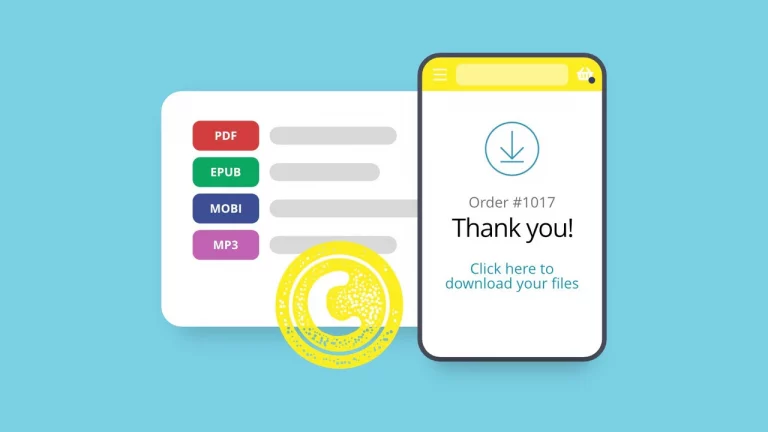
Adverts
Diabetes is a chronic condition that affects millions of people around the world. Proper blood glucose control is essential to effectively manage this condition and avoid serious complications; Fortunately, advances in technology have provided a number of useful tools.
However, including mobile applications specifically designed to help with glucose monitoring and control. These apps provide a convenient and efficient way for patients to track their glucose levels, record important information, and receive personalized health guidance.
One of the most valuable features of glucose monitoring apps is the ability to monitor glucose levels in real time. That is, these apps integrate with continuous glucose monitoring devices (CGMs) or blood glucose meters, allowing users to instantly see their glucose levels and track trends over time.
In fact, this is especially useful for identifying patterns and adjusting treatment as needed. Additionally, many apps provide automatic alerts to notify users of readings outside the target range, helping to prevent episodes of hyperglycemia or hypoglycemia.
Diet and physical activity play a fundamental role in controlling blood glucose. In other words, glucose control apps often include features that allow users to record their meals, snacks and exercise. This helps patients monitor their carbohydrate intake.
However, the app has the ability to assess how different foods affect your glucose levels and maintain a healthy lifestyle. Additionally, some apps offer carbohydrate counting features and suggest insulin doses based on the information recorded, simplifying the diabetes management process.
Adverts
3. Data and Trend Analysis
Over time, data collected by glucose monitoring apps can provide valuable insights into diabetes management. These applications often include analysis features that allow users to visualize their data in easy-to-understand graphs and reports. This can help patients and their doctors identify patterns, such as variations in glucose levels throughout the day or in response to certain foods or activities. With this information in hand, users can make adjustments to their treatment plan to improve glucose control and avoid long-term complications.
4. Information Sharing and Community Support
Many glucose tracking apps allow users to share their information with family members, caregivers, or healthcare professionals. This is especially helpful for children with diabetes or people who need additional support in managing the condition. Additionally, some apps offer community features where users can connect with other people living with diabetes, share experiences, and get mutual support. This sense of community can be incredibly comforting and motivating for those facing the daily challenges of diabetes.
Conclusion: Maximizing Glucose Control with Technology
Glucose control apps are becoming an indispensable tool for people with diabetes looking to effectively manage their condition. With features ranging from real-time monitoring to data analysis and community support, these apps offer a comprehensive approach to managing blood glucose.
By harnessing the power of mobile technology, patients can gain more autonomy in managing their diabetes, improve their quality of life and reduce the risk of long-term complications. However, it is important to remember that glucose control apps are not a substitute for professional medical advice.